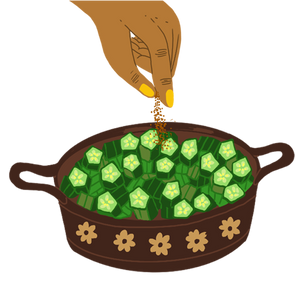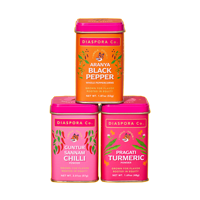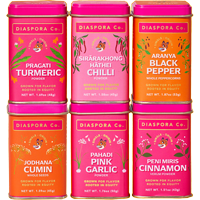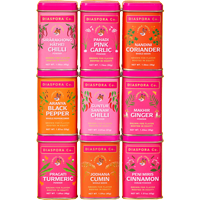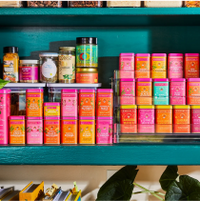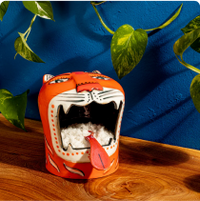Classic cacio e pepe may have a short ingredient list—just pasta, black pepper, pecorino cheese, and pasta cooking water—but it is one of the easiest pasta dishes to mess up. There are a lot of different techniques to foolproof the recipe, from reducing the amount of water to boil the pasta in (creating starchier water for the sauce) to making a paste with the cheese and cold water or a cornstarch and water slurry. After trying an array of methods, we landed on one that creates a luscious, silky pepper-forward sauce.
The two main components of the perfect sauce are: starch and temperature. Starch helps bind and emulsify the sauce, so to get the most starch for your buck, adding a cornstarch slurry into the mix lessens the opportunity for the sauce to get gloppy. Secondarily, grating cheeses, like Pecorino Romano and Parmigiano-Reggiano, seize at temperatures higher than 180°F (keep in mind that boiling water is 212°F). To combat this, let the pasta and pasta cooking water cook for a moment after draining, and then add the finely grated cheese—using a microplane to get the cheese as possible also reduces the possibility that'll seize—handful by handful, slowly incorporating it with the pasta, cornstarch slurry, and some of the pasta cooking water.




